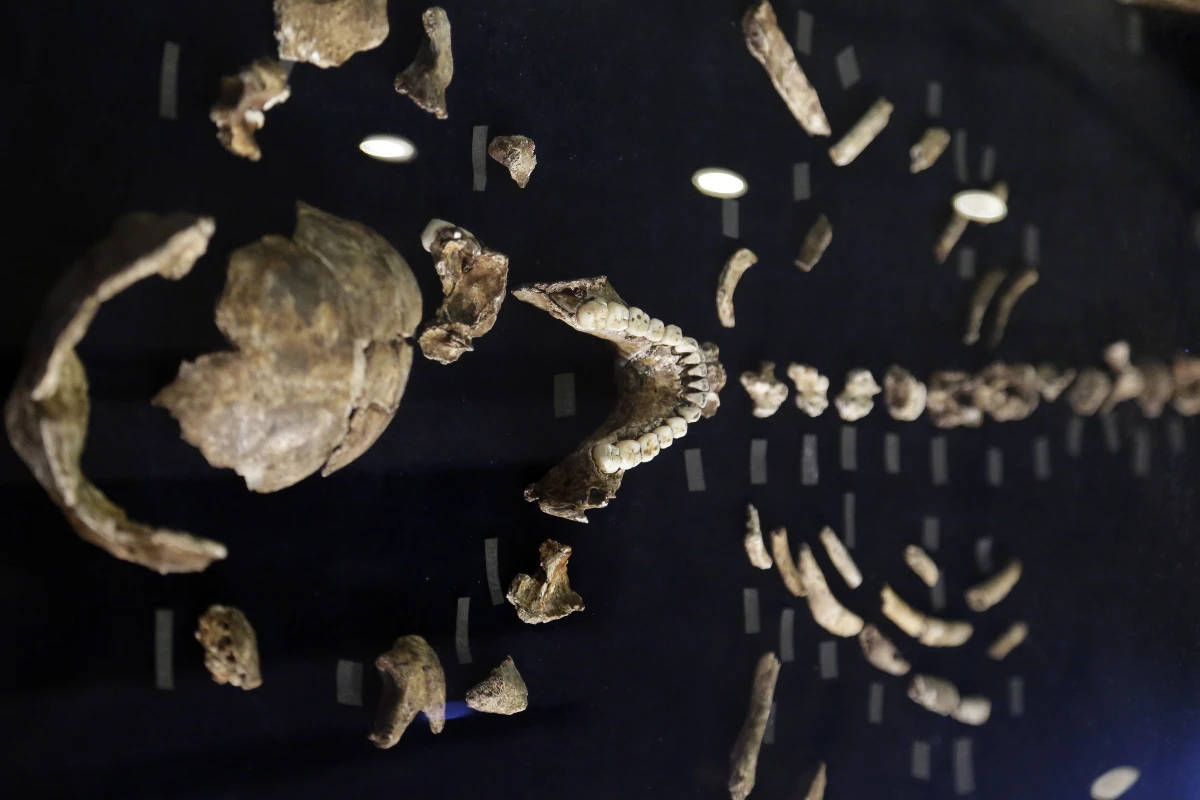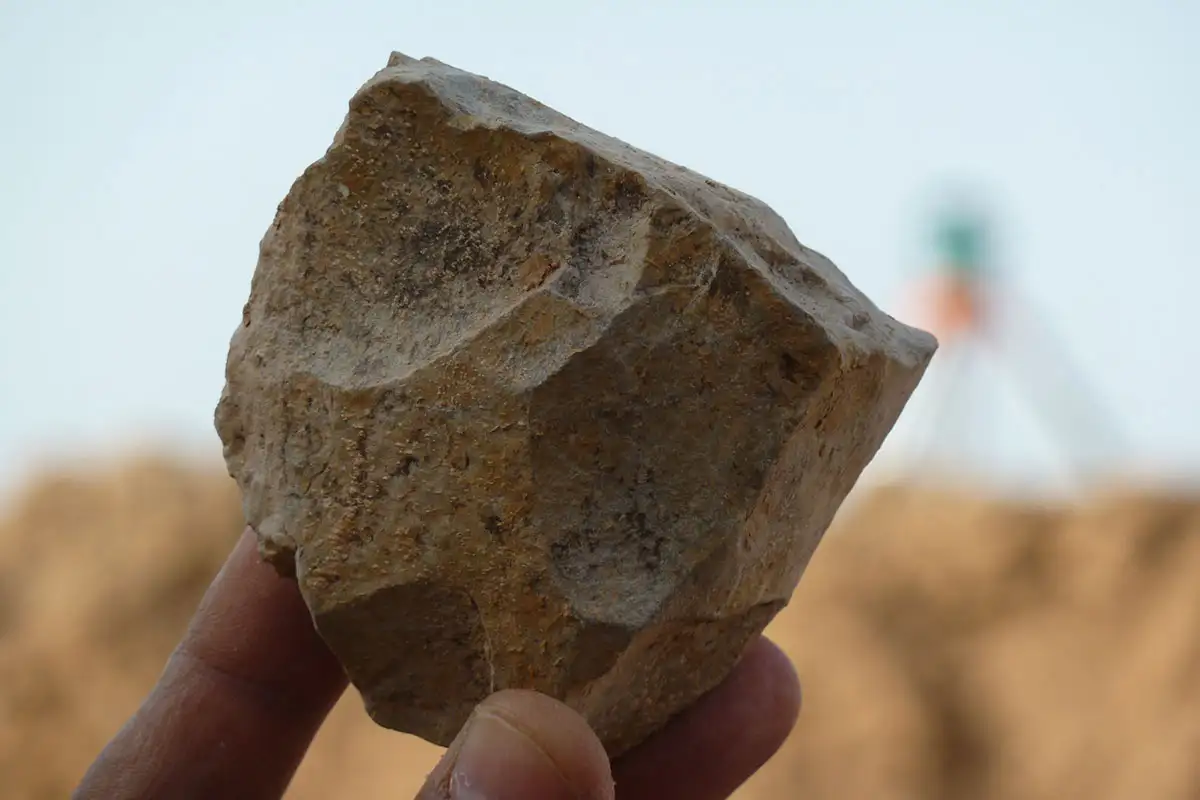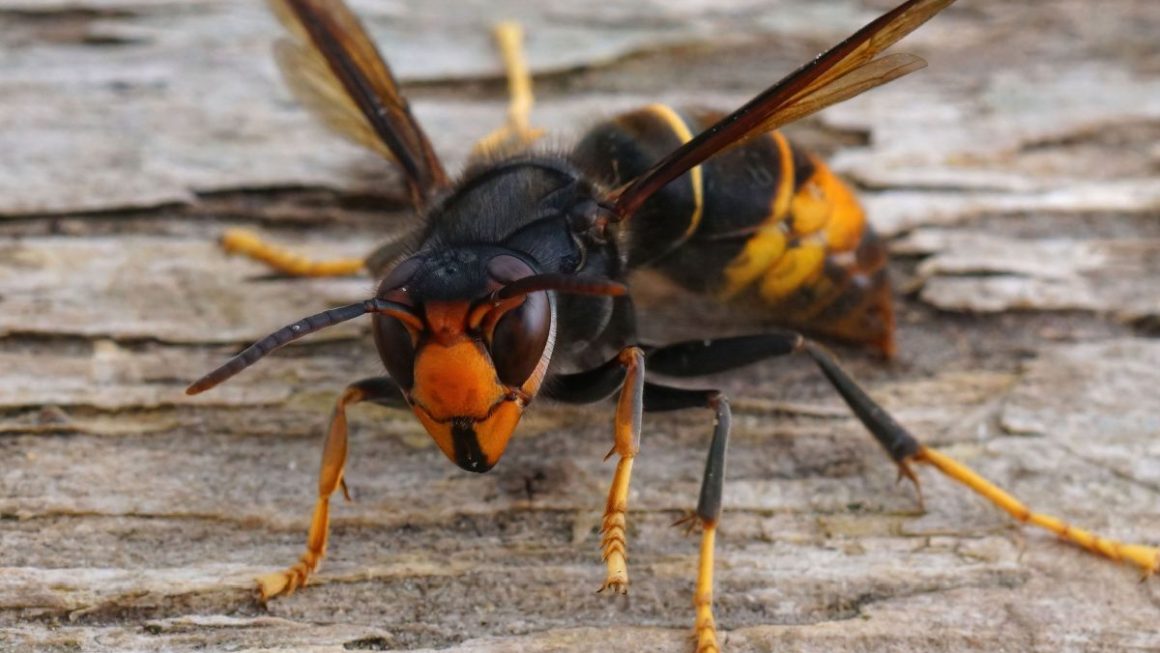An exceptional discovery reopens the debate about who was really the first hominid to master stone technology. Was it not the genus Homo, as previously thought?
The long thumb and straight fingers would have given Paranthropus boisei an effective grip, similar to that of modern humans.
For decades, the official history of human evolution has held that only the genus Homo, to which Homo sapiens belong, had the cognitive and anatomical capacity to make tools. But a new discovery made on the shores of Lake Turkana in northern Kenya threatens to turn this history (or rather, prehistory) on its head.
An international team of paleoanthropologists has discovered the first nearly complete set of hand bones from Paranthropus boisei, a close but not direct relative of our species, which lived between 2.6 and 1.3 million years ago. The findings, published in the journal Nature, suggest that this hominid had a hand as strong as a gorilla’s and surprisingly similar to ours. This discovery raises the possibility that the first human tools may have been made by Paranthropus, rather than by members of our own genus.
Who was Paranthropus boisei?
Nicknamed the ‘nutcracker man’ for his powerful jaw and enormous molars, he was discovered in 1959 by legendary British archaeologist Mary Leakey in Olduvai Gorge (Tanzania). The skull of this ancestor was found alongside Olduvayan-type stone tools, which sparked a long-standing debate about whether this robust hominid was the pioneer in tool-making.
For years, experts dismissed this possibility, arguing that there were no fossilised hands associated with this species. But now, thanks to new remains, specifically the KNM-ER 101000 specimen, science has what it needed, and the results are surprising.
A strong and precise hand
According to Carrie Mongle, lead researcher of the study and professor at Stony Brook University (USA), the hand of Paranthropus boisei combines unique characteristics: a long, robust thumb, relatively short fingers and a mobile little finger. These features are very similar to ours, allowing them to perform precision grips, which are essential for making and manipulating tools.
But that’s not all. The bones are exceptionally thick and robust, more like those of a gorilla than a modern human. And this balance between dexterity and strength suggests that, in addition to being able to climb or manipulate tough vegetation, Paranthropus boisei had the mechanical ability to strike, cut or scrape with stone tools.
The missing evidence
What makes this finding so important is not only the anatomy of the hand, but the context in which it was found. During a series of excavations carried out between 2019 and 2021 at the Ileret site in the Turkana Basin, paleoanthropologists found hand bones, foot bones, teeth, and skull fragments in the same stratum. All of them belonged to a single individual of Paranthropus boisei. A confirmation with complete certainty.
This was determined by analyses of the fossil, carried out using high-resolution 3D scanners and microcomputed tomography (microCT). The results of the reconstruction show a shape of the carpometacarpal joint of the thumb (the base of the finger) very similar to ours, suggesting a convergent evolution towards fine manipulation.

Was he humanity’s first craftsman?
Although no tools were found, the team emphasises that the anatomy of the hand does not present any functional limitations for their use or manufacture; he had the right hands to do so, and this clearly represents a paradigm shift. Therefore, this finding raises the possibility that the oldest Olduvai tool assemblages—some more than 2.9 million years old—were not necessarily the work of Homo, but of other hominids. Let us remember that Paranthropus shared East Africa with members of our genus, and the individual to whom these hands belonged coexisted with Homo habilis, Homo rudolfensis, and Homo erectus.
Implications for human evolution
Enormous. First, this discovery alters the chronology of technological evolution, since if Paranthropus was capable of making tools, then technical skill is not exclusive to the Homo lineage. Second, it will be necessary to revise ideas about ecological specialisation and the supposed evolutionary inferiority of Paranthropus compared to the genus Homo. And third, it is a new reminder that evolution is not a linear path towards Homo sapiens, but a branching forest full of innovations, all of them like parallel stems.




